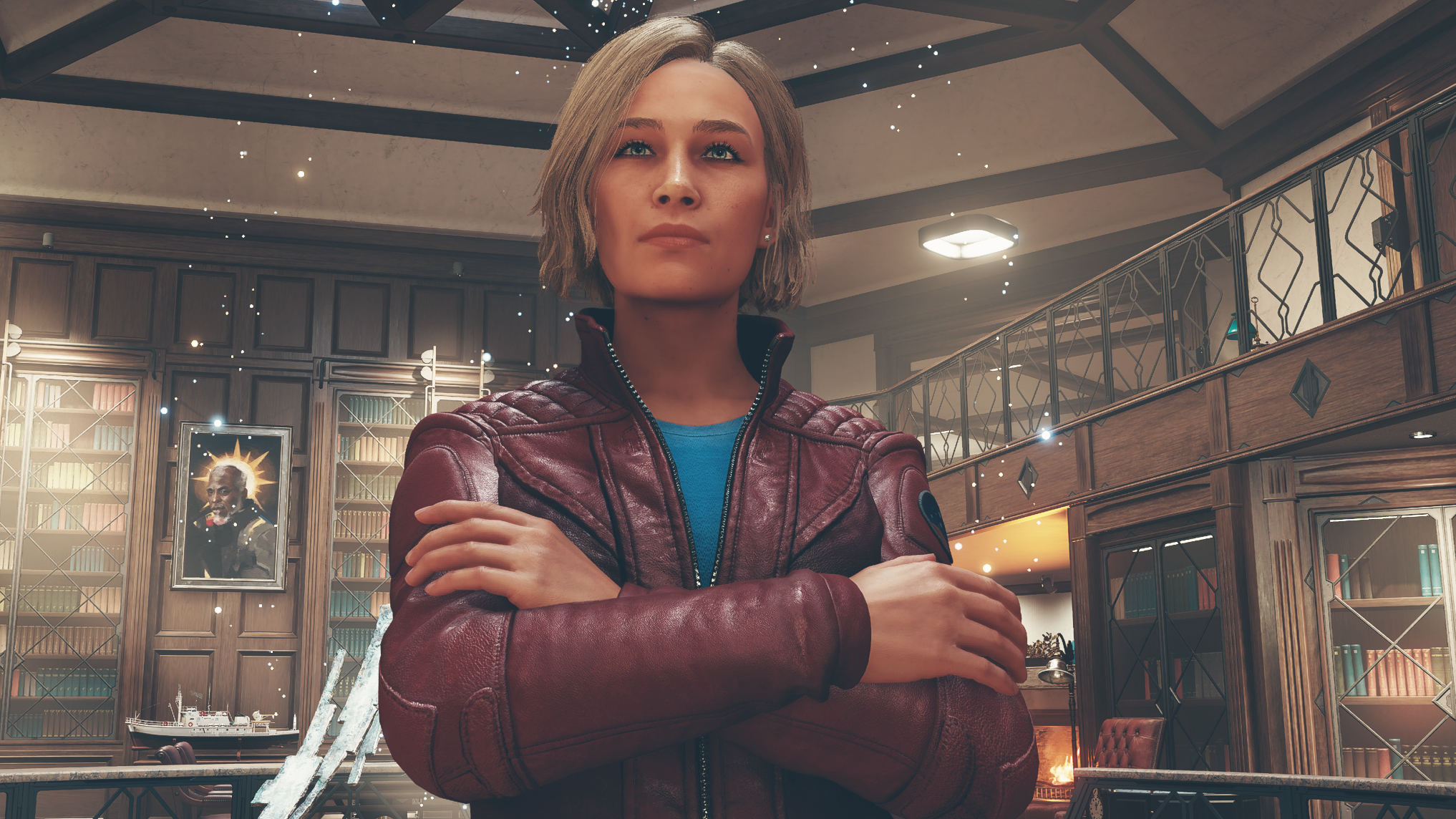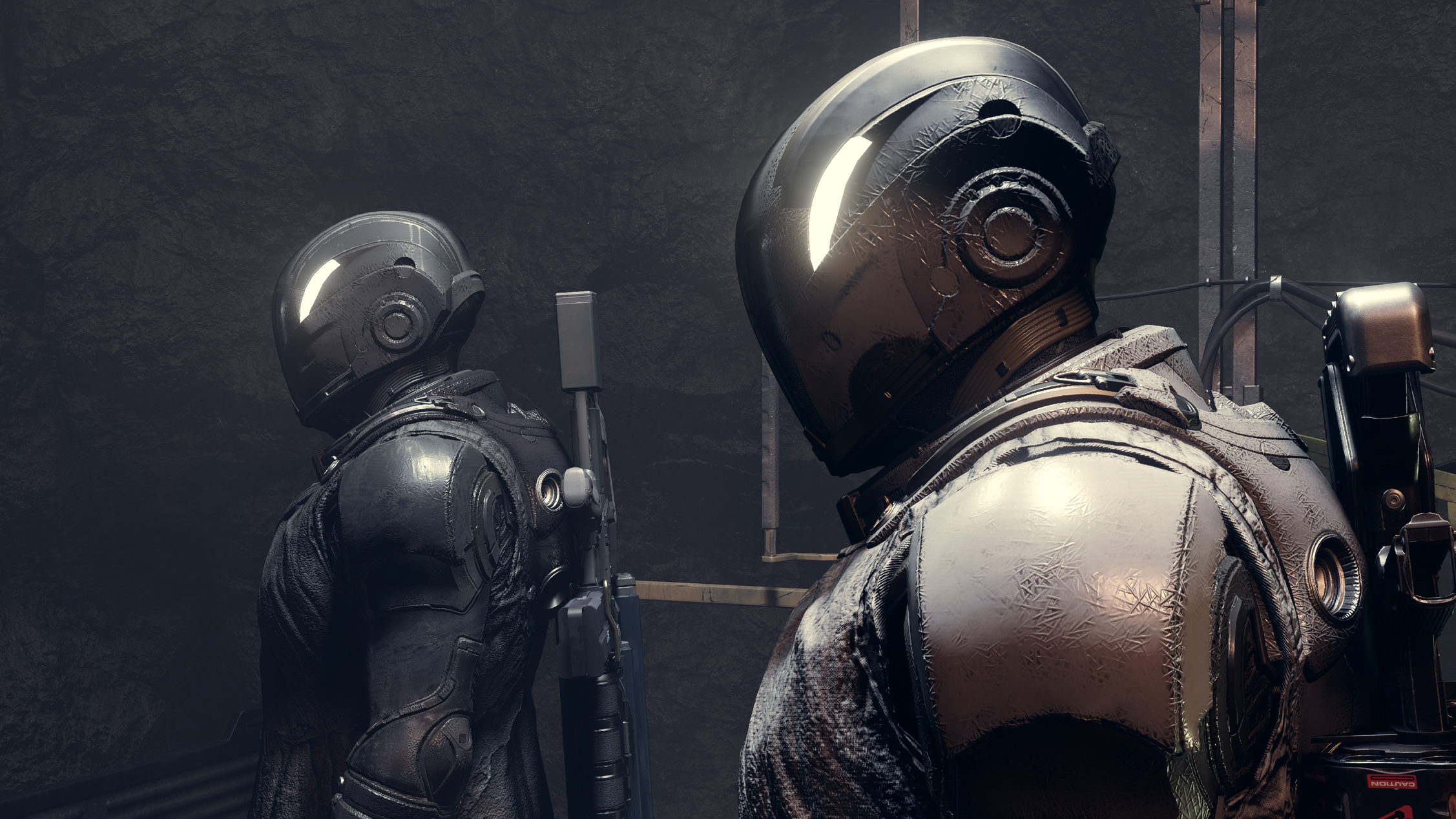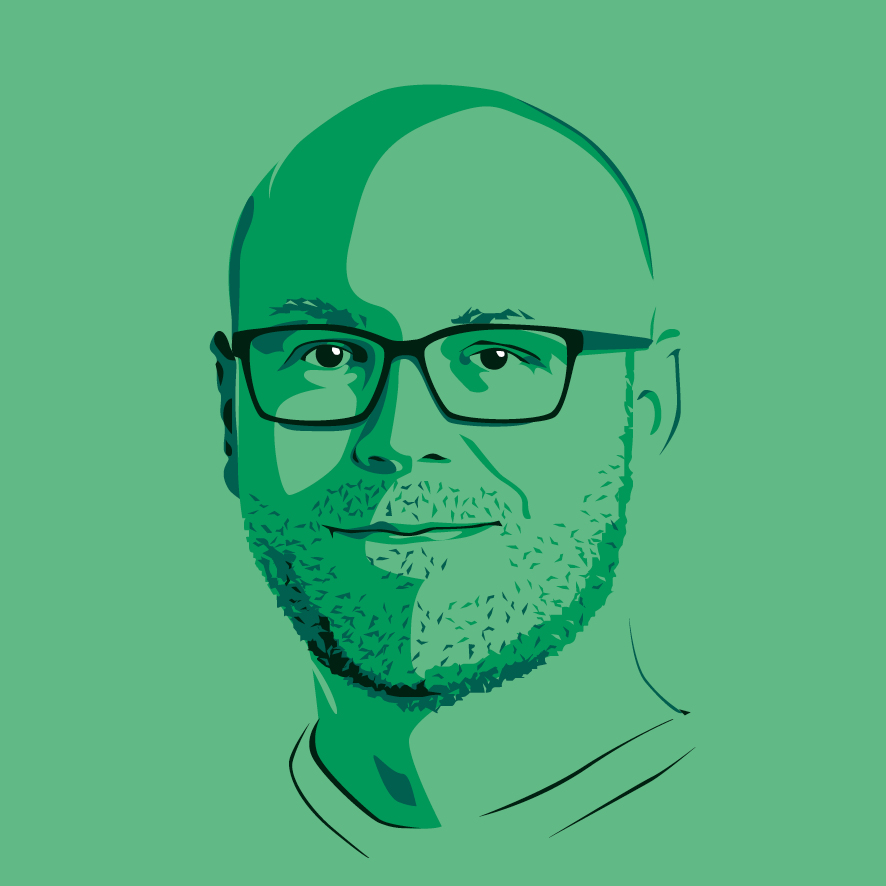Starfield's lead quest designer had 'absolutely no time' and had to hit the 'panic button' so the game would have a satisfying final quest
"It became very clear that we were missing the large final location that was going to tie the story together," says former lead quest designer Will Shen.

Starfield may have over 1,000 planets, but the ending of the game's main quest (mild spoilers incoming) involves just a single one: Masada 3. First there's a big space battle while orbiting the planet, then you have to fight your way through dozens of enemies on the surface and underground, culminating in a final battle that sees you bouncing around different dimensions to locations you visited earlier in the game.
The creation of this lengthy final quest was all very last minute, according to former Starfield lead quest designer Will Shen, and only came together out of "necessity and urgency."
At the Game Developers Conference in San Francisco on Tuesday, Shen and former Fallout 76 lead level designer Daryl Brigner gave a joint talk about the importance of collaboration when it comes to level and quest design. The two developers worked together for nearly 15 years on Bethesda RPGs like Skyrim, Fallout 4, and Fallout 76. Both have since left the company: Shen is now lead content designer for Something Wicked Games, and Brigner is world director for Soft Rains—both new studios created by industry veterans.
During the talk, Shen and Brigner discussed the design of a couple of memorable quests from Skyrim and Fallout 4, like House of Horrors, where the player investigates a haunted house, and Last Voyage of the U.S.S. Constitution, where robots enlist the player to return an 18th century naval frigate to the sea. Near the end of the talk, Shen spoke about the final quest of Starfield—specifically, what it was lacking.
"We were finally at a state in the project where we could play through the whole [game]. And it became very clear that we were missing the large final location that was going to tie the story together and have a satisfying action-filled payoff," Shen said. "I was both implementing the main quest and leading the quest design team, so I had absolutely no time. The entire quest design team was already overbooked."
Part of the issue, Shen said, was the sheer size of the team working on Starfield. Skyrim's development team was around 100 people, which made collaboration between different departments easier. That team size grew to about 150 for Fallout 4, then over 350 for Fallout 76, and 500+ for Starfield. That's not just Bethesda Game Studios but outside developers like Machine Games, Nobody Studios, Arkane, Snowed In, and The Forge Interactive.
"...every department is scrambling for resources and saying 'no' to collaboration requests."
Will Shen
According to Shen and Brigner, the sheer number of people working on a game across different studios can cause problems. "It's more difficult than ever to know who does what, who you're supposed to report to," Brigner said. A fractured team can also create a "silo effect," where "every department is scrambling for resources and saying 'no' to collaboration requests," said Shen. This can lead to the "inadvertent consequence of favoring the department" over the needs of the game, as well as slowing even basic collaboration between departments to a crawl.
The biggest gaming news, reviews and hardware deals
Keep up to date with the most important stories and the best deals, as picked by the PC Gamer team.
"Every request now has to go through all the producers because we needed to check all of the contingent work," Shen said. "Asking for something as simple as a chair wasn't so simple. Do you need animations for it? Do you need sound effects for it? How much does that add to the schedule, can it not fit because one of those teams does not have the time?"

"Asking for something as simple as a chair wasn't so simple."
Will Shen
As it became clear Starfield's main quest was missing a big final set piece and there wasn't enough time to create one, Shen turned to senior level designer Steve Cornett. "He was definitely our panic button," Shen said. Cornett had the idea for dimension hopping, which would let the player revisit several key locations from earlier in the game, and more importantly, save the time of crafting entirely new locations for the final battle.
When facing approaching deadlines, desperation can break departments out of their silos and get them collaborating again—but it shouldn't work that way. "You don't need to wait for an emergency in order to do this," Shen said. "Clear, consistent, project level goals and communication will keep everyone focused on what they need to focus on."
As for the final quest itself, when I played it for the first time I didn't come away with the feeling that it had been a last minute scramble, though there were a few things about it I didn't like. The mercs you fight on the surface feel a little out of place when there are already so many Starborn duplicates running around, and to then immediately battle more Starborn, this time with robots, feels repetitive. The dimension hopping was fun, but the final battle against duplicate Constellation members probably would have been enough without the earlier two skirmishes. I also appreciate that you can talk your way out of fighting the final Starborn—not only is that a traditional Bethesda solution, but by that point I was thrilled to stop shooting and just get to the end.

Chris started playing PC games in the 1980s, started writing about them in the early 2000s, and (finally) started getting paid to write about them in the late 2000s. Following a few years as a regular freelancer, PC Gamer hired him in 2014, probably so he'd stop emailing them asking for more work. Chris has a love-hate relationship with survival games and an unhealthy fascination with the inner lives of NPCs. He's also a fan of offbeat simulation games, mods, and ignoring storylines in RPGs so he can make up his own.

